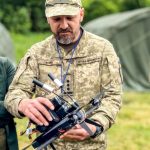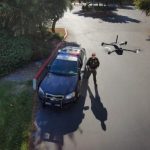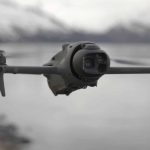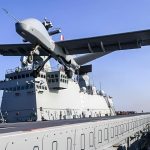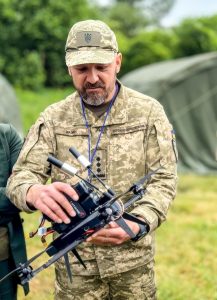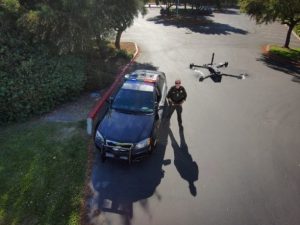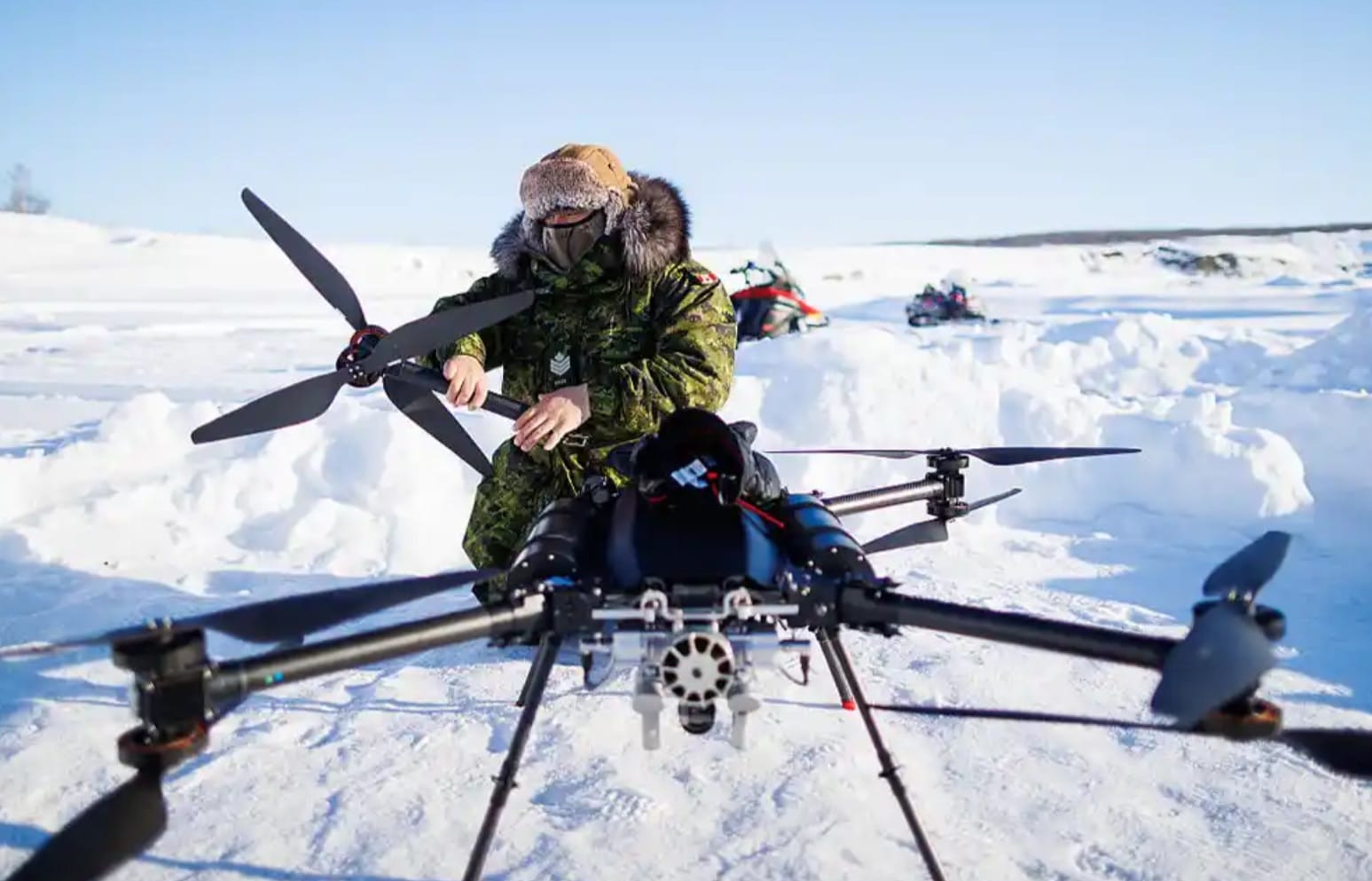NATO and Russia Race to Develop Arctic-Capable Drones Amid Rising Tensions
A significant technological competition is currently unfolding in the Arctic, where NATO countries and Russia are striving to create drones capable of functioning in one of the world’s most extreme environments. This race, highlighted by geopolitical tensions, emphasizes the increasing importance of unmanned aerial vehicles (UAVs) in contemporary warfare and surveillance, particularly in regions where temperatures can drop as low as -40°F.

Challenges of Arctic Drone Operations
The harsh conditions of the Arctic present considerable challenges for drone technology. According to Nicolas Jouan, a defense and security analyst at RAND Europe, “The majority of Uncrewed Aerial Vehicles (UAVs) rely on batteries that perform poorly in cold weather.” Additionally, he pointed out connectivity challenges, explaining that “satellites can offer only limited and unreliable GPS service in the Arctic.” This results in reduced battery life, compromised navigation systems, and shorter flight durations. Col. Joshua Glonek of the US 3rd Brigade Combat Team noted similar issues during recent cold-weather training exercises in Germany, stating that battery performance was significantly reduced in frigid conditions, affecting flight duration and operational capabilities.
Furthermore, sensors such as cameras and LiDAR systems, which are essential for mapping and distance measurement, face difficulties in inclement weather. Gregory Falco, an assistant professor at Cornell University, outlined, “One of the primary obstacles in developing drones for Arctic operations is ensuring effective sensing capabilities in heavily obstructed environments.”
Russia’s Head Start and NATO’s Response
Currently, Russia is ahead in the development of Arctic drones with operational models like the Orlan-10 and Inokhodets, along with the S-70 Okhotnik, a large combat drone designed for reconnaissance and strike missions. The capabilities of the S-70 are closely guarded; Russia even downed one in 2024 to prevent it from falling into the hands of Ukrainian forces. Drone specialist James Patton Rogers from Cornell University warned that Russia might soon deploy armed drones for continuous monitoring of strategic regions like the North Sea Route, which connects Europe and Asia.
In response, NATO nations are rapidly enhancing their drone capabilities. In May 2024, Denmark and Norway announced collaborative operations utilizing the MQ-4C Triton, a long-range UAV intended for high-altitude surveillance missions. According to the Center for Strategic and International Studies, the Triton is among the few Western drones capable of effectively operating in Arctic conditions; however, its size could make it an easy target for Russian defenses. Norway also plans to set up a drone surveillance base in Andøya, strategically important for the area, as reported by The Barents Observer.
Implications for Drone Technology and Geopolitics
This technological rivalry highlights a pressing need for advancements in drone systems that can withstand extreme cold. Zak Kallenborn, a drone warfare analyst, remarked that while some commercial drones have been effective in regions like Ukraine, “certain small drones have been engineered to function in colder climates, though their sustainability in harsh Arctic conditions remains uncertain.” To develop robust UAVs, NATO must address issues like battery life degradation, enhance navigation independent of satellite support, and boost sensor reliability under severe conditions.
From a geopolitical perspective, the stakes are substantial. Russia’s drone supremacy could amplify its influence in the Arctic, while NATO’s unified endeavors—as demonstrated in joint exercises with US and Danish forces near the North Pole in February 2024—aim to mitigate this risk. Falco emphasized the necessity of collaboration: “It’s essential to engage with partners to ensure competitive parity in the Arctic.” A 2024 CSIS report suggested a focus on quantity instead of quality, advocating for scalable, cost-effective drone solutions to match Russia’s numerical advantage.
As the Arctic evolves into a new battleground for drone warfare, this technological race will ultimately dictate the strategic dynamics of the region, with NATO and Russia competing for supremacy in an increasingly contested environment.
